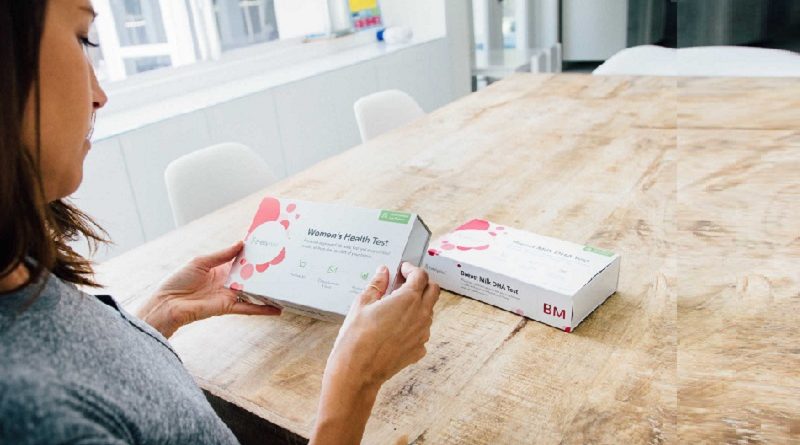At-Home Fertility Tests
At-home fertility tests are becoming popular. They are useful for women who are looking to conceive. These tests offer a convenient way to check the fertility status of the woman from the comfort of your own home, without the need for expensive visits to the doctor’s office. In this article, we will explore the various types of at-home fertility tests available, how they work, and what you need to know before using them.
Types of At-Home Fertility Tests
There are two main types of at-home fertility tests available: ovulation predictor kits (OPKs) and fertility hormone tests. OPKs work by detecting the surge in luteinizing hormone (LH) that occurs just before ovulation. Fertility hormone tests, on the other hand, measure the levels of various hormones in the urine to determine the overall fertility status.
1- Ovulation Predictor Kits (OPKs)
OPKs are perhaps the most commonly used at-home fertility test. These kits typically include several test strips and a chart to help you track your results. To use an OPK, you simply need to pee on the test strip and wait for the results to appear.
The test will indicate whether or not you are currently experiencing a surge in LH, which is a sign that ovulation is likely to occur within the next 24-36 hours. This information can be useful if you are trying to conceive, as it can help you identify your most fertile days.
2- Fertility Hormone Tests
Fertility hormone tests, also known as fertility hormone panels, measure the levels of various hormones in your urine to determine your overall fertility status. These tests are designed to provide a broader picture of your fertility than OPKs, which only measure LH.
Fertility hormone tests typically measure the levels of follicle-stimulating hormone (FSH), luteinizing hormone (LH), estradiol, and progesterone. These hormones play a critical role in the menstrual cycle and can provide valuable insights into your overall fertility status.
Using At-Home Fertility Tests
Before using an at-home fertility test, it’s essential to read the instructions carefully and follow them closely. It’s also worth noting that at-home fertility tests are not foolproof and should not be used as a substitute for professional medical advice.
If you have been trying to conceive for several months without success, it’s essential to speak with your doctor. Your doctor can perform a full fertility evaluation and help you determine the best course of action.
| Types of At-Home Fertility Tests | How They Work | Hormones Measured |
|---|---|---|
| Ovulation Predictor Kits (OPKs) | Detect the surge in luteinizing hormone (LH) that occurs just before ovulation | LH |
| Fertility Hormone Tests | Measure the levels of various hormones in your urine to determine your overall fertility status | Follicle-stimulating hormone (FSH), luteinizing hormone (LH), estradiol, and progesterone |
SUMMARY
At-home fertility tests are a convenient way to check your fertility status from the comfort of your own home. However, it’s essential to use them correctly and to understand their limitations. If you have concerns about your fertility, it’s essential to speak with your doctor. Your doctor can perform a full fertility evaluation and help you determine the best course of action.
SOURCES
1. healthline.com
2. medicalnewstoday.com
3. get-carrot.com
4. shape.com




